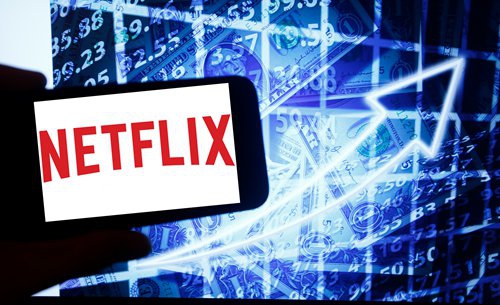HOME >> SOURCE
As peak subscription economy approaches, newcomers may struggle
By Global Times – Reuters Source:Global Times - Reuters Published: 2019/12/24 19:18:40

Photo:IC
Don't subscribe now! At least not to the idea of the subscription economy. It's not just streaming TV services chasing steadily paying customers. Wine sellers, food delivery outfits and even Swedish furniture giant Ikea want them, too. Buyers can only spend and consume so much, though.Online video is the fiercest battleground. About 10 million people signed up for Disney Plus within 24 hours of its November debut, lured by "Star Wars" and other classic movies.
Apple has rolled out its own service; HBO will soon join the fray. They're all taking on Netflix, which has amassed 158 million users worldwide since pioneering unlimited viewing access for a regular fee.
The business model has exploded. Razors, meal kits, pet food and clothes are all available by subscription. Peloton Interactive bicyclists pay $39 a month for virtual spin classes. Revolut customers can spend 13 pounds a month for the online bank's shiny metal card. Carmakers and supermarkets are experimenting with subscriptions.
The logic is clear. Regular payments are more predictable than one-off sales. That helps companies plan their spending and gets rewarded by investors. Salesforce.com, a huge purveyor of software as a cloud-based service, is valued at around $140 billion, more than seven times the expected revenue for the year to January.
Newcomers may struggle to repeat such success. Customers are expensive to recruit and difficult to keep. Half of subscribers to e-commerce services cancel within six months, according to a 2018 study by McKinsey. Delivery of physical products doesn't benefit from the same economies of scale as software. Meanwhile, Netflix and its rivals probably are not charging enough to cover their vast investments. When prices inevitably rise, subscribers may be forced to choose.
The best subscription services may therefore be those with extra benefits. Take Amazon. More than half of US households pay $13 a month for Prime, which includes faster shipping and access to movies and music, UBS analysts reckon. The real benefit, though, is that users spend a lot more on Amazon. Only companies that can unlock similar advantages will stay atop peak subscription. For the rest, the summit will prove unattainable.
The author is Peter Thal Larsen, Reuters Breakingviews columnist. The article was first published on Reuters Breakingviews. bizopinion@globaltimes.com.cn
Posted in: INSIDER'S EYE